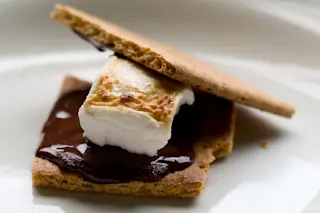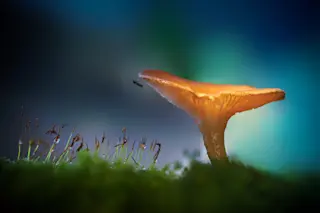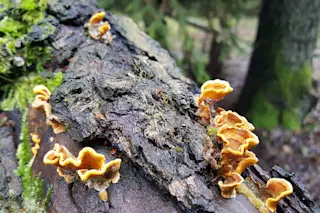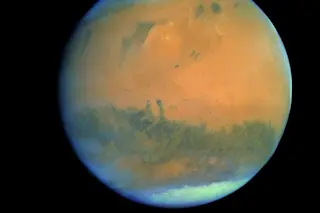Whether you prefer them toasted over a campfire, bobbing in a cup of hot chocolate, or roasted over a bed of sweet potatoes, marshmallows are an ooey-gooey fluffy treat that just finds a way warm the cockles of your heart.
Marshmallows, like other well-known aerated confections – think mousses, ice cream, meringues – are essentially made of four basic components: sugar, water, air, and a hydrocolloid. Hydrocolloids, often called “food gums” are polysaccharides, or typically large-branching proteins, that form thick gels when they interact with water. [1]
Their ability to bind to water molecules makes them hydrophilic (or “water-loving”), and their ability to remain suspended and dispersed evenly in the water (without settling to the bottom) makes the substance a colloid. Thus, food gums are hydrophilic colloids, or hydrocolloids.
Photo Credit: Daniel Campagna (Chefpedia)
Daniel Campagna (Chefpedia
Hydrocolloids are added to many foods we eat – as thickening agents in ...














